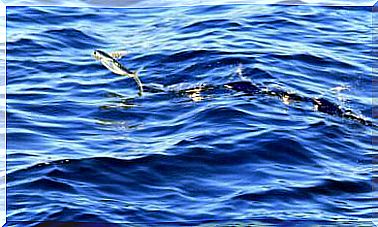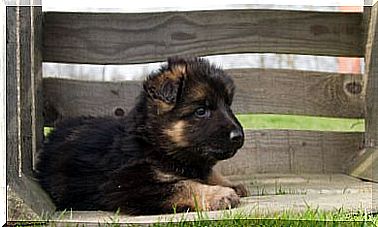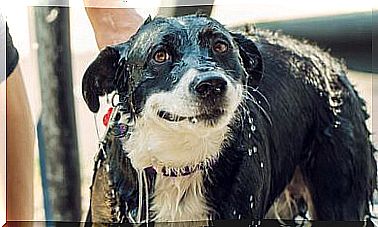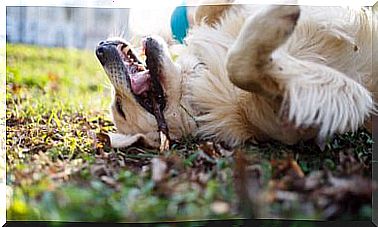Urgently Assist A Dog
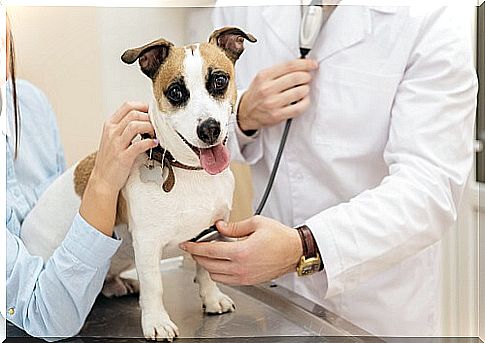
First aid is simple techniques to assist dogs urgently in case of accidents or injuries. When you have a pet, there is no situation more desperate than seeing it suffer without being able to help. But that can change when the owner knows the CPR and first aid maneuvers in dogs.
These procedures are not a substitute for the veterinarian, but they can save the animal’s life and prevent health consequences. For this reason, we invite you to know our advice to assist a dog urgently.
7 tips to urgently assist a dog
Once again, it is worth remembering that maneuvers to urgently assist a dog are a first step. The veterinarian is the only one trained to indicate an appropriate treatment for each dog.
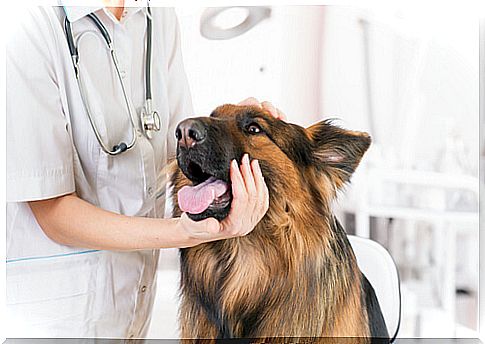
-
Analyze the situation and condition of the animal
Before taking any initiative, it is essential to assess the situation and analyze the state of the animal.
- Is the dog conscious? Responds to stimuli? Do you feel the touch?
- Does the dog breathe correctly? Is it accelerated? Do they have respiratory deficiency?
- Does the animal have a pulse?
- Is there evidence of external bleeding? Are the mucous membranes whitish?
- Can you control your excretory pathways? Is there urine or feces near the injured animal?
- Do the mucous membranes and tongue have a bluish tone (cyanotic)?
- Are there signs of intoxication? Could the animal have eaten or drunk any toxic substance, poison, alcoholic drink, etc.?
Having answered these questions, it is possible to proceed correctly according to the symptoms found.
-
CPR – Cardiopulmonary Resuscitation
When the animal does not present a pulse or respiratory rhythm, it is essential to perform CPR maneuvers.
The dog must be lying with the right side fully supported on the ground. The left side must face up and be free to receive the maneuvers.
Respiratory recovery
- Open the dog’s mouth to check that the throat and airways are clear of obstruction.
- In case of obstruction, remove it carefully. Check immediately if the animal regains its cardiorespiratory rhythm.
- If there is no obstruction and / or the animal is still not breathing, follow the steps below according to the size of the animal.
Small dogs:
- Keep the jaw firmly closed.
- Cover the muzzle of the animal with your mouth and exhale. The dog’s chest should be inflated with the air delivered by its trunk.
- This technique can also be used for cats.
Medium and large dogs:
- Close and hold the dog’s jaw firmly closed.
- Cover the animal’s nose with your mouth and exhale.
Cardiac recovery
- Firmly position the palms of the hands on the animal’s ribs just behind the front leg joint.
- Small dogs: intersperse 10 compressions with 3 short exhalations.
- Large and medium dogs : intersperse 15 compressions with 5 short exhalations.
-
Drowning
To urgently assist a dog drowned in the pool, in the sea or with water, the correct thing to do is proceed as follows:
- Small dogs : hold by the hind legs upside down. Gently shake the animal, causing the water to be expelled by the force of gravity itself.
- Large dogs : the procedure is the same, but without hanging the animal.
If the animal does not recover non-respiratory capacity after expelling the water, proceed with the CPR maneuvers.
-
Poisoning
The first thing is to find out what is the cause of the poisoning.
The packaging of most products usually has indications for ingestion by humans and pets. It is essential to take this container to the vet at the time of care.
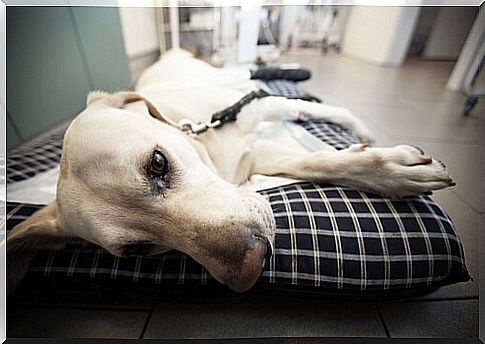
In most cases, vomiting should be triggered immediately. The ideal is to administer hydrogen peroxide reduced to 50% directly to the throat of the animal with the help of a syringe.
-
Accidents, fractures or dislocations
When the dog suffers a fracture or dislocation, whether or not it is from a run over, it must be taken immediately to the vet. It is not recommended to feed or drink it or to move it excessively.
-
Bleeding
Internal bleeding can only be treated by the vet. But it is possible to momentarily contain external bleeding with the following maneuvers:
- Superficial wounds : wash the wound with saline solution. Apply chlorhexidine or iodine solution.
- Deep wounds : press firmly to stop blood flow. Apply a pressure bandage of adequate size to cover the wound. Attempting to perform a tourniquet is not recommended.
-
Burns
If a dog suffers a burn of any nature, the steps to follow are:
- Wash the affected area with clean, cold water.
- Apply a specific burn cream, ointment or gel (or petroleum jelly).
- Cover the area with a bandage.
